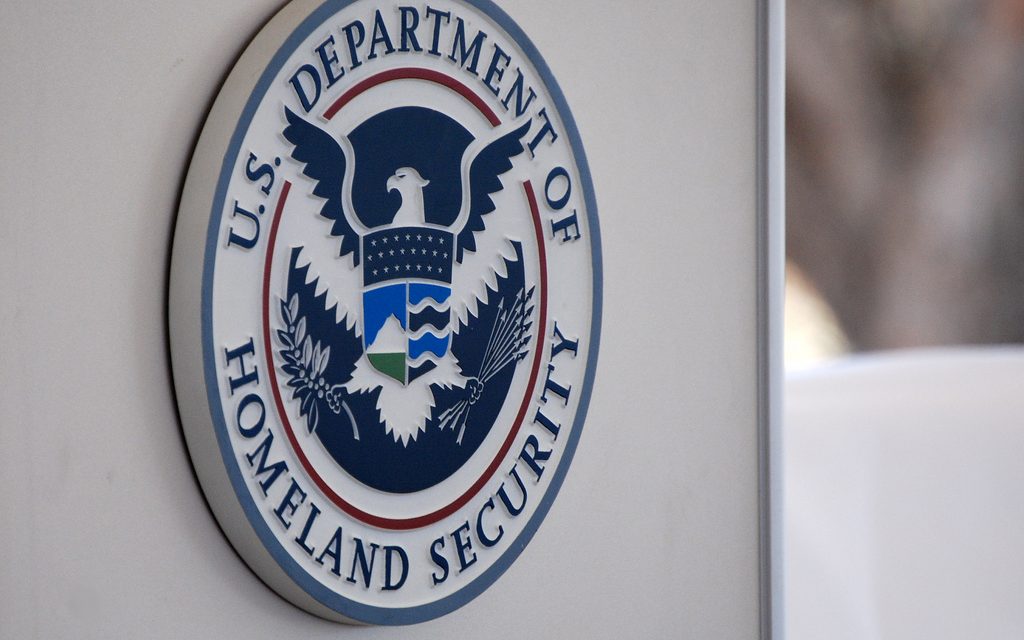In order to effectively fight crime, law-enforcement officers must gain the trust of the communities they intend to serve. Trust encourages victims of crime, as well as potential witnesses, to come forward and help solve cases and prosecute criminals.
However, according to our latest analysis, the Trump administration has abandoned this approach by not prioritizing immigration cases and offenses based on the level of their severity. Prioritization simply means that law-enforcement officers initially focus on getting dangerous people off the street (like murderers), before turning their attention to people who are not a threat (such as workers without criminal records who overstayed a visa in order to get a job).
More precisely, the administration has expanded the list of “enforcement priorities” to the point that there aren’t any priorities in practice. At present, nearly any non-citizen who has ever been convicted or charged with a criminal offense is a priority. It doesn’t matter whether the conviction or charge was for bank robbery or entering the United States without inspection.
The administration immediately outlined their shifting immigration enforcement priorities in a January 2017 executive order. The Department of Homeland Security (DHS) subsequently issued a memorandum implementing the executive order, mandating that all DHS personnel “shall faithfully execute the immigration laws of the United States against all removable [individuals].”
This approach to immigration enforcement represents a major departure from the policies in place during the Obama administration.
For instance, the “Morton memo”—a June 2010 memo from then-Immigration and Customs Enforcement (ICE) Director John Morton—created three priority levels: 1) threats to national security or public safety (which included just about any immigrant with a criminal conviction of any kind); 2) undocumented immigrants who recently crossed the border; and 3) immigrants who didn’t heed a previous order of removal, or who re-entered the country after being deported.
Though the system was far from perfect, the Morton memo was a concrete attempt to inject some rationality into what would otherwise be an utterly chaotic immigration-enforcement system.
Morton subsequently issued two more memos in June 2011 that offered guidance on the exercise of discretion. The primary memo stated that any deportable immigrant encountered by immigration authorities should be assessed on the basis of length of time in the United States, presence in the country since a very young age, education, military service, social ties to the United States, and age. In addition, this memo emphasized that “particular care” be taken with cases involving veterans, long-time legal permanent residents, children and elderly individuals, victims of domestic violence or trafficking, and people with serious health conditions.
In the absence of such prioritization, finite law-enforcement resources are wasted on the apprehension and removal of people who represent no danger to public safety.
Just as importantly, immigration enforcement without priorities needlessly tears apart U.S. families, communities, and workplaces. To attempt to remove all undocumented immigrants from our country’s social fabric, without prioritizing those who pose a danger, needlessly harms millions of other people, immigrant and native-born alike.
FILED UNDER: Customs and Border Protection, Department of Homeland Security, featured, Immigration and Customs Enforcement


